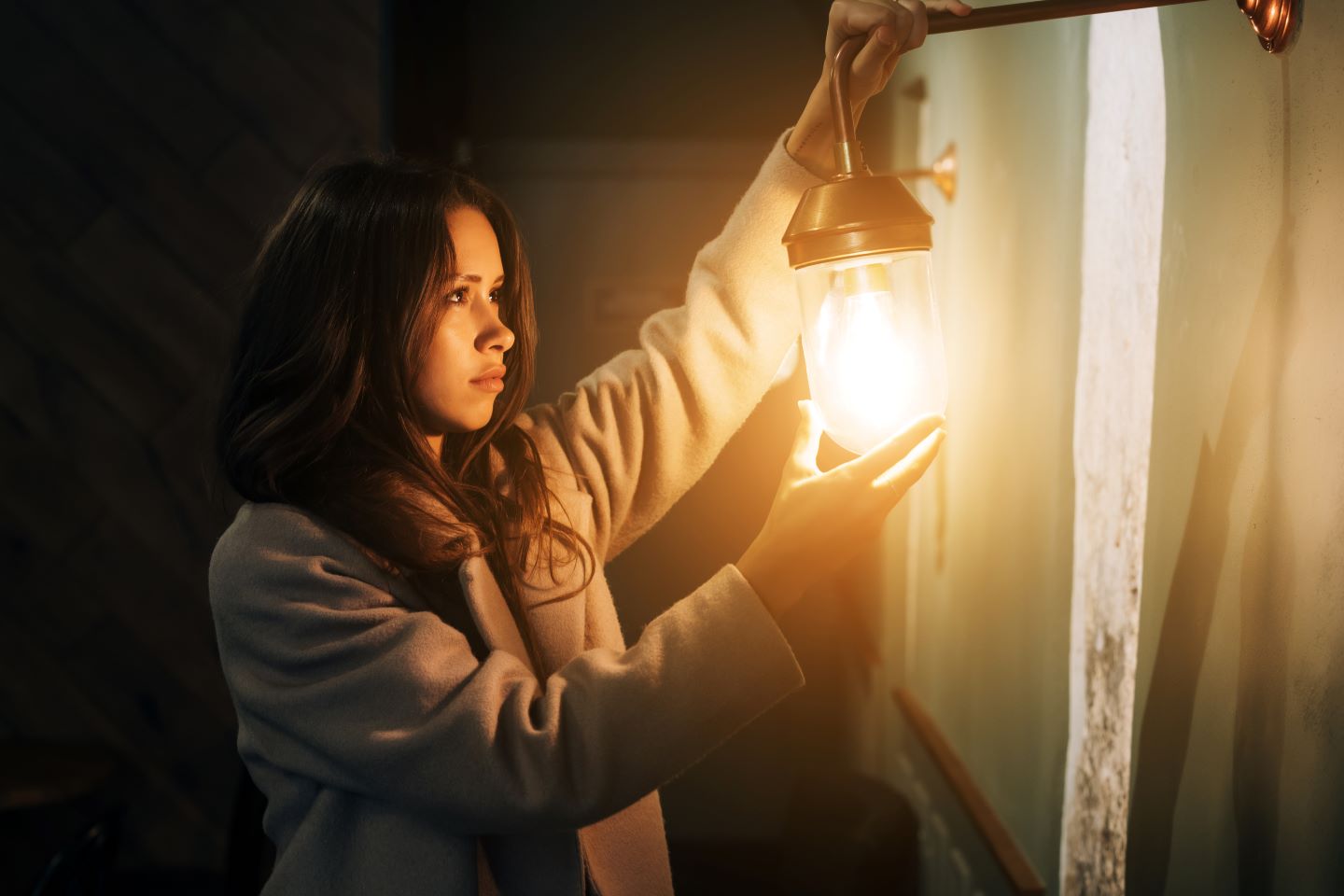Exploring the Impact of Two Lighting Types

Lighting plays a significant role in our daily lives not only illuminating our surroundings but also influencing our health and well being. The two types of lighting we are exposed to can have profound effects on our mood sleep patterns and overall health. In this article we delve into the two primary types of lighting – natural and artificial – and their respective impacts on our health.
Natural Lighting
Natural lighting also known as daylight is the illumination provided by the sun during daylight hours. It is the oldest and most fundamental source of light shaping the circadian rhythms of humans and other living organisms for millennia. Natural lighting offers numerous health benefits including
1. Vitamin D Synthesis Exposure to natural sunlight stimulates the production of vitamin D in the skin which is essential for bone health immune function and mood regulation.
2. Regulation of Circadian Rhythms Natural lighting helps regulate our internal body clocks influencing sleep wake cycles hormone production and metabolism. Exposure to natural daylight during the day promotes alertness and productivity while darkness at night signals the body to rest and sleep.
3. Mood Enhancement Sunlight has been shown to boost mood and reduce symptoms of depression and anxiety. The serotonin and dopamine released in response to sunlight exposure contribute to feelings of happiness and well being.
4. Improved Visual Acuity Natural lighting provides superior color rendering and visual clarity compared to artificial lighting reducing eye strain and enhancing visual comfort.
Artificial Lighting Mimicking Nature Indoors
Artificial lighting refers to any light source that is produced by human made devices such as electric bulbs and lamps. While artificial lighting allows us to extend our waking hours and illuminate indoor spaces it also presents unique challenges and health considerations. Some key points to consider include
1. Quality of Light The quality of artificial lighting can vary widely depending on factors such as color temperature brightness and flicker rate. Poor quality lighting can cause eye strain headaches and fatigue.
2. Blue Light Exposure Many artificial light sources emit high levels of blue light which can disrupt circadian rhythms and interfere with sleep patterns. Prolonged exposure to blue light especially in the evening has been linked to insomnia and other sleep disorders.
3. Impact on Mental Health Certain types of artificial lighting such as fluorescent lights have been associated with increased stress levels irritability and discomfort. Choosing lighting options that mimic natural daylight can help promote a more calming and soothing environment.
4. Energy Efficiency With advances in lighting technology energy efficient options such as LED lights have become increasingly popular. LED lighting not only reduces energy consumption and environmental impact but also offers customizable color temperatures and dimming capabilities for optimal comfort and productivity.
Striking a Balance Integrating Natural and Artificial Lighting
While both natural and artificial lighting have their advantages and drawbacks the key to promoting optimal health and well being lies in striking a balance between the two. Some strategies for achieving this balance include
1. Maximizing Natural Light Exposure Whenever possible prioritize natural lighting in your home workplace and other indoor environments. Position workspaces near windows to maximize daylight exposure and spend time outdoors regularly to reap the benefits of natural sunlight.
2. Supplementing with Artificial Lighting In spaces where natural light is limited or unavailable supplement with artificial lighting that closely mimics the qualities of natural daylight. Choose LED lights with adjustable color temperatures and avoid excessive blue light exposure especially in the evening.
3. Creating Lighting Zones Designate different lighting zones in your home or workspace to accommodate various activities and moods. Use warmer softer lighting for relaxation areas and cooler brighter lighting for task oriented spaces.
4. Prioritizing Sleep Hygiene Minimize exposure to artificial lighting especially blue light in the hours leading up to bedtime to promote restful sleep. Use dimmer switches blackout curtains and blue light filters on electronic devices to create a sleep friendly environment.
Conclusion
In both natural and artificial lighting play integral roles in shaping our health and well being. By understanding the unique impacts of each type of lighting and implementing strategies to optimize their benefits we can create environments that promote vitality productivity and overall wellness. Whether basking in the warm glow of the sun or basking in the gentle ambiance of LED lights let us illuminate our lives with mindful consideration for our health and happiness.





